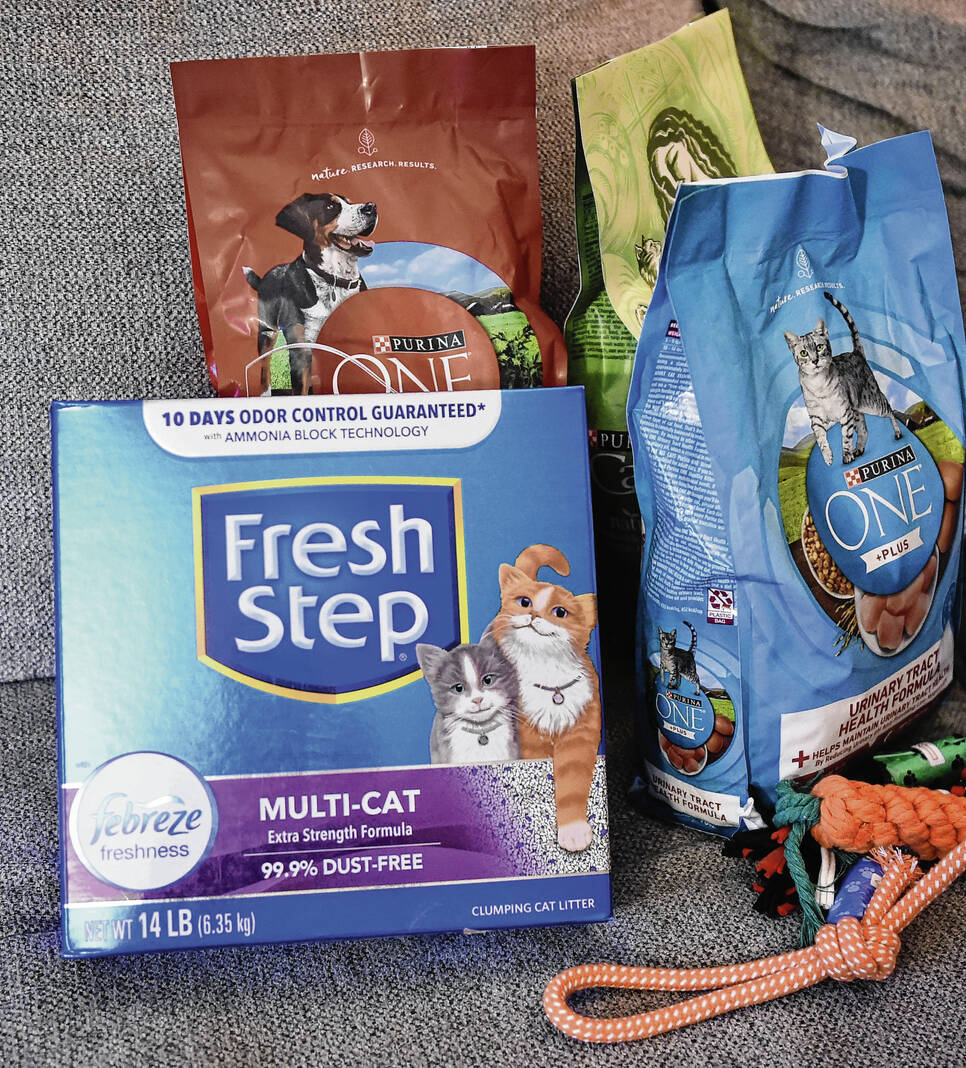In the classic nursery rhyme, Jack and Jill went up a hill to fetch a pail of water.
A group of local leaders-in-training wanted to ensure that Indian Creek students had a much easier time getting water to their animals in a unique agriculture education program.
Calling themselves Operation Jack and Jill, the seven members of the Leadership Johnson County focused on making improvements to the facility where Cattle Creek Company operates. The program of Indian Creek High School has students take part in a working cattle farm, which in turn provides locally raised meat for the school system’s cafeterias.
Team members secured funding from a variety of resources in order to install a self-water system to provide fresh water to a new pasture at the facility. They also put in a concrete floor in the program’s cattle barn and installed four storage racks to organize materials.
“Overall, we just wanted to make it a more interactive program for the kids to learn the ins and outs of raising cattle, and what goes into that,” said Brittany Brown, a member of Operation Jack and Jill.
Operation Jack and Jill was made up of Brown, Brittany Benson, Amanda Dininger, Dena Marietta, Jenny Pieper, Jamie Spitler and May Wurster. As all seven members of the group were going through the Leadership Johnson County Signature Program, they formulated an idea to help Cattle Creek Company.
Participants in the program meet once a month, and each class asks students to focus on a different aspect of leadership.
The centerpiece of the program, though, is the group project. In the first month, participants break off into small groups, with each team required to envision and enact a project that would benefit the community.
For Operation Jack and Jill, a meeting with Joe Dunn, agriculture teacher at Indian Creek High School, solidified their plan to help Cattle Creek Company.
“We had tossed around several ideas, and searched around the community for anyone in need,” Brown said. “(Dunn) told us he had the idea of turning the cattle barn into an interactive, hands-on classroom. We loved the idea of helping him improve his already established program. “
Cattle Creek Company is a program of Indian Creek, which centers around raising cattle. Students not only get expansive real-world academic opportunities, but provide the Indian Creek community with farm-fresh beef served in the cafeteria. Market animals are fed and cared for throughout the year until they reach appropriate market weight.
Program leaders collaborate with the school system’s director of food services to sell the meat to the school at the current market price for use in school lunches. Profits going back to Creek Cattle Company.
“We learned that the majority of the students in the program don’t come from farm families. They’re not raised on a farm and around cattle all the time. These are kids that otherwise would not have been exposed to that opportunity educationally,” Marietta said.
Even for students not in the Cattle Creek Company program, it served as a way to their open eyes to the realities of where we get our food.
“It seemed to help the most amount of people. It’s not just the students in the ag program, but the students in the cafeteria,” Dininger said. “They can see something their peers are contributing towards, and see the fruits of that labor.”
The project took varying forms. They poured over 2,000 square feet of concrete in the barn. The group added a pad outside for grain deliveries.
A water line board was installed for an automatic watering system for their new pasture.
“The most exciting part for me is the fact the students got to physically help, not just with the boring of the water line and seeing how that’s done, but they got to help lay the concrete. They smoothed it out, they were out there when it got poured,” Brown said. “They weren’t just watching, they were getting their hands dirty and learning from that.”
To get the funds needed for the project, Marietta applied for grants throughout the community. About $5,000 of the money came from the JCREMC Round-Up program, which provides funding for non-profit organizations and community causes.
Other donations and help came from Indy Site Works, which donated all of the labor and some of the materials for the water line; Modern Woodman, which paid for a majority of the material for the waterline; and J&J Concrete.
Leadership Johnson County pledged money for industrial shelving for within the barn to store educational materials and testing supplies.
“It felt like as everything was coming into place and falling into line, it seemed this was really a need and something we should be doing,” Spitler said. “There were zero issues with anything. People were so cooperative and willing to want to help and jump on. It was obvious that it was a great thing for us to do.”











